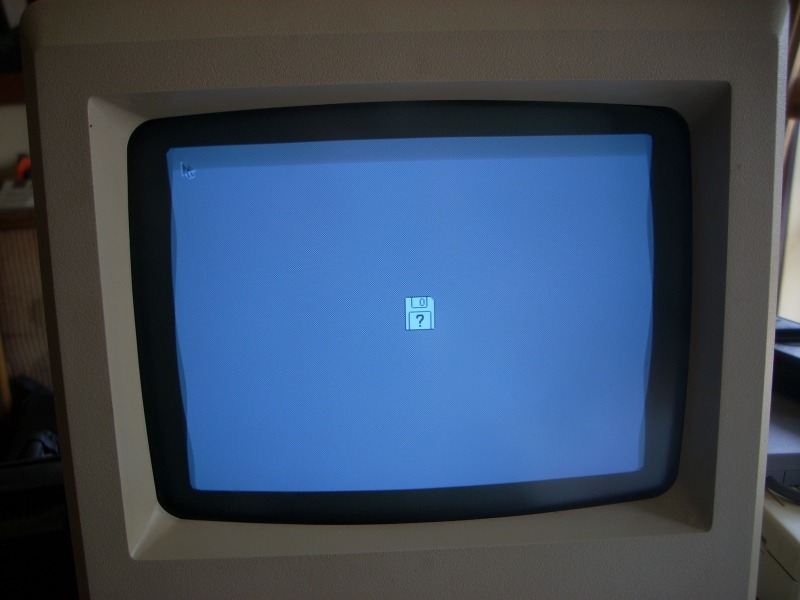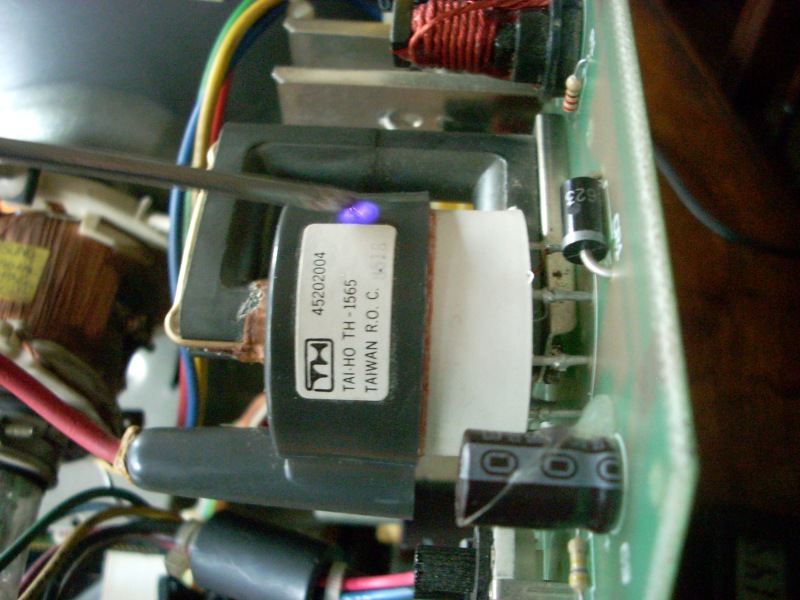First post, by 133MHz
- Rank
- Oldbie
Hi everyone! I've just bought a non-working Macintosh Plus 1Mb from a fellow collector at a local retro computing forum, described as having a typical analog board failure. I've got a little bit of experience repairing these, the usual cold solder joints, bad capacitors and shorted flyback transformers, but this one turned out a bit more involved.
First the back of the case says 220-240VAC input voltage but the analog board is a 630-0102-J (110V non-switchable) and I found a lot of blown components near the power supply primary. Since I live in an NTSC country with 220V mains there's a pretty high chance that the damage was caused by plugging in the machine straight to the wall without a step-down transformer, with quite catastrophic results. I've added a 130V varistor across the AC input after the fuse as a protective measure in case such an accident happens again.
Resistors R46, R47, R49 and R51 were blown open, Q9 (2N3906) and Q11 (2SC2810) were shorted along with a blown line fuse. Replaced all the failed components (subst. Q11 by a BUT12A) and replaced C39, C43 & CR28, CR29, CR30 (subst. with FR157), CR31, C35 & C36 (main filter caps) C1 & C2 for good measure, along with the usual solder reflowing on the conectors. Now if I power up the machine with straight 110VAC it immediately crowbars, even with R56 turned all the way down. If I bring up the voltage slowly with a Variac it will come on with large ripple down the sides of the raster, at about 67VAC input PSU will output 5V and 12.4V and the logic board boots up, but there's no voltage regulation whatsoever. turning R56 does absolutely nothing and if I keep cranking up the Variac output voltages continue to climb until the crowbar fires.
I've tested the resistors around the feedback area along with R56 itself and they seem to be OK. Temporarily substituted optocoupler U3 and SCR Q10 with different but compatible parts with no change whatsoever. The only thing I haven't changed is CR19 (6V2 zener) because I don't have a suitable replacement handy. What else could be causing this problem? Am I overlooking something?

